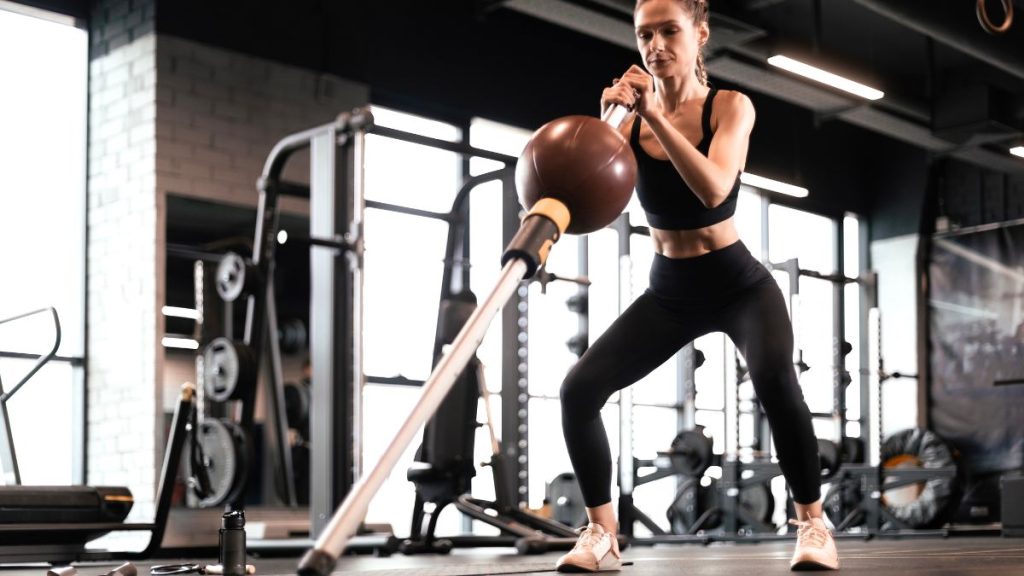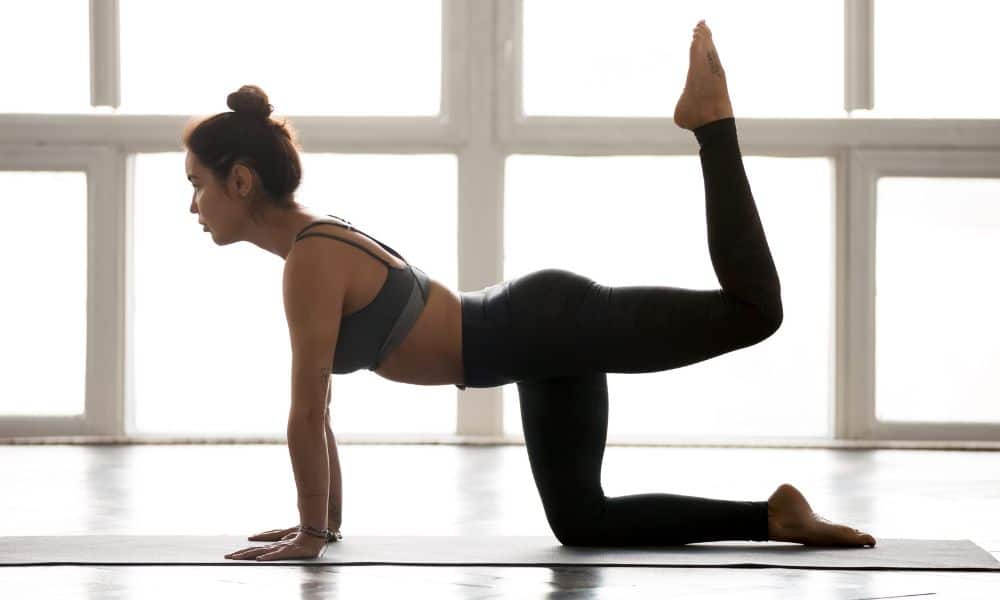A robust and well-rounded glute is more than just a visual goal; it’s essential for overall strength, mobility, and injury prevention. The glutes are the largest muscle group in the body and play a crucial role in everyday movements like walking, running, and lifting. This article will guide you through the best glute exercises to help you achieve a stronger, rounder butt. Let’s dive in and learn why these exercises are effective and how to perform them for maximum gains.
Why Focus on Glute Strength?
Strengthening your glutes does more than improve your physique. Strong glutes support lower back health, enhance athletic performance, and stabilize your hips and knees. Weak glutes can lead to poor posture, reduced athletic efficiency, and an increased risk of injuries, especially in the lower back and knees. By focusing on glute exercises, you improve your aesthetic and support functional health.
What Are the Best Glute Exercises?
Here’s a look at some of the most effective exercises that target the glutes, providing both strength and shape:
1. Barbell Hip Thrusts
How to do it: Sit on the floor with your upper back resting on a bench and a loaded barbell across your hips. With your feet flat on the ground, shoulder-width apart, push through your heels to lift your hips until your body forms a straight line from shoulders to knees. Lower slowly and repeat.
Benefits: Hip thrusts isolate the glute muscles more effectively than other exercises. They target the gluteus maximus and engage the core, hamstrings, and lower back.
Essential Tip: Keep your chin tucked and focus on squeezing the glutes at the movement’s top for maximum contraction.
2. Bulgarian Split Squats
How to do it: Stand a couple of feet in front of a bench and place one foot behind you on the bench. Lower your body until your front thigh is nearly parallel to the floor, then push back up.
Benefits: This unilateral exercise is excellent for correcting muscle imbalances while engaging the glutes, quads, and hamstrings. It’s also effective for improving balance and stability.
Key Tip: Focus on keeping your torso upright to emphasize glute engagement.
3. Romanian Deadlifts
How to do it: Stand with feet hip-width apart, holding a barbell in front of your thighs. Hinge at the hips, lowering the barbell while keeping it close to your legs until you feel a stretch in your hamstrings. Return to the starting position by squeezing your glutes and pushing through your heels.
Benefits: Romanian deadlifts activate hamstrings and glutes, making them an excellent choice for building lower body strength and size.
Key Tip: Avoid rounding your back during this exercise; instead, keep your shoulders back and chest up.
4. Step-Ups
How to do it: Step up onto a bench or sturdy platform, pushing through the heel of the stepping foot. Bring the other foot up, then step back down.
Benefits: Step-ups are an easy-to-modify exercise that targets the glutes and improves unilateral strength, helping to correct muscle imbalances.
Key Tip: For added intensity, hold dumbbells in each hand.
5. Cable Kickbacks
How to do it: Attach an ankle strap to a low cable pulley. Stand facing the machine with your weight on one leg and extend the other backward, squeezing the glute at the top.
Benefits: Cable kickbacks effectively isolate the glute muscles, especially the gluteus maximus, helping to sculpt a rounder shape.
Key Tip: Focus on controlled movement and avoid arching your lower back to maintain proper form.
6. Glute Bridge
How to do it: Lie on your back with knees bent and feet flat on the floor. Push through your heels to lift your hips, squeezing your glutes at the top, then lower back down.
Benefits: Glute bridges are excellent for activating the glutes, especially if you’re new to strength training or need a low-impact option.
Key Tip: To make it more challenging, perform single-leg glute bridges.
7. Lunges
How to do it: Step forward with one leg and lower your body until both knees are bent at a 90-degree angle. Push back up to the starting position.
Benefits: Lunges target the glutes, quads, and hamstrings while improving balance and coordination. They’re versatile and can be performed with body weight or added resistance.
Key Tip: Keep your weight on the front heel and avoid leaning forward to ensure the glutes are fully engaged.
8. Sumo Squats
How to do it: Stand with your feet wider than shoulder-width apart and toes pointing outward. Lower into a squat by bending your knees and pushing your hips back, then return to standing.
Benefits: The broader stance in sumo squats increases glute and inner thigh activation, building a well-rounded lower body.
Key Tip: Keep your chest up and engage your core for stability.
How Often Should You Perform Glute Exercises?
For best results, include glute exercises in your workout routine 2-3 times per week, allowing for at least 48 hours of rest between sessions to support muscle recovery and growth. Aim for 3-4 sets of 8-12 repetitions for each exercise, focusing on controlled movements and proper form.
What Are the Key Takeaways for Stronger Glutes?
- Focus on Compound Movements: Exercises like squats, lunges, and deadlifts engage multiple muscle groups, increasing strength and muscle mass.
- Include Isolation Exercises: Exercises like cable kickbacks and glute bridges specifically target the glutes, enhancing shape and definition.
- Progressive Overload: Gradually increase weights and resistance over time to challenge your muscles and support growth.
- Mind-Muscle Connection: Concentrate on squeezing the glutes during each rep to maximize engagement and results.
Conclusion
Building stronger, rounder glutes requires a balanced mix of compound and isolation exercises, consistency, and attention to form. By incorporating these best glute exercises into your routine, you’ll improve your physique and overall strength and stability. Remember, glute strength supports fitness performance and day-to-day activities, making it a valuable investment in your health.




